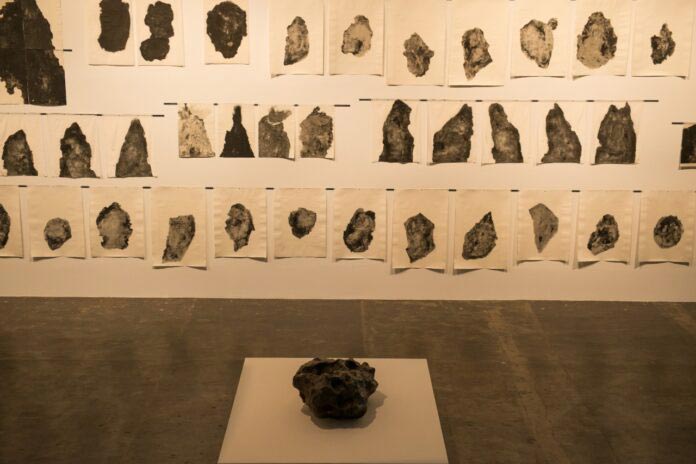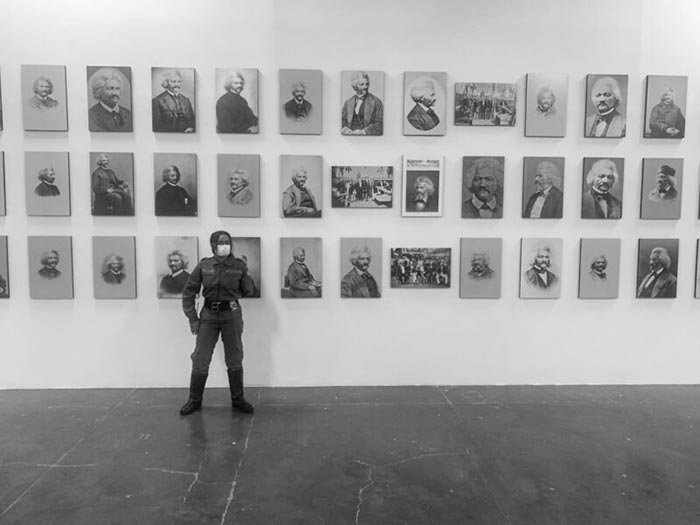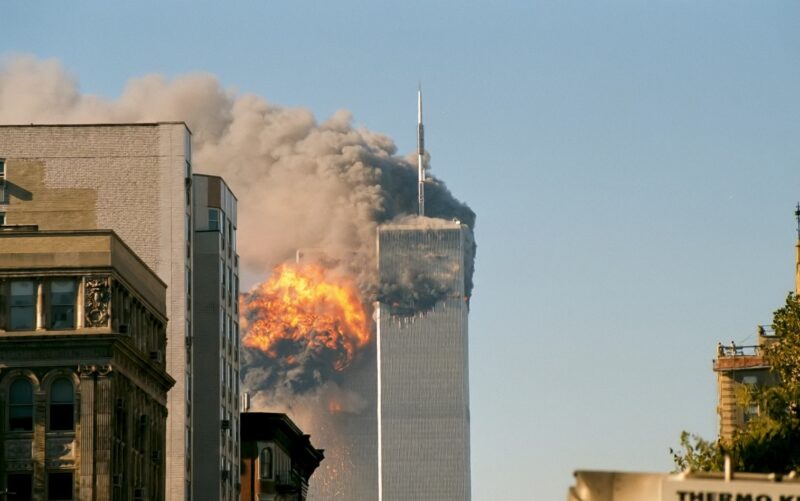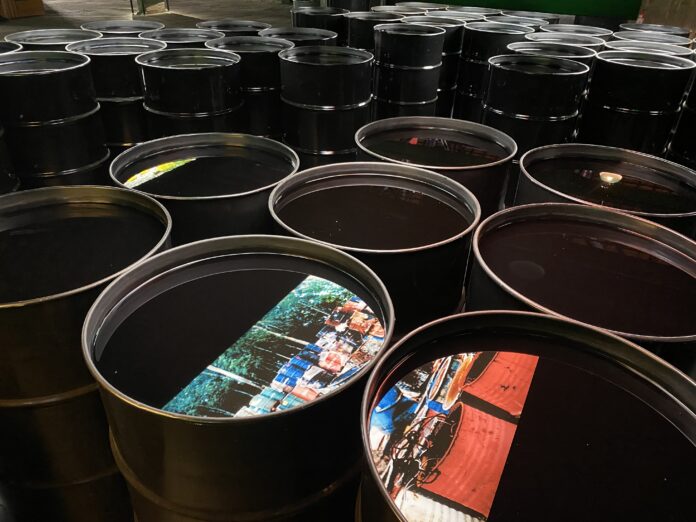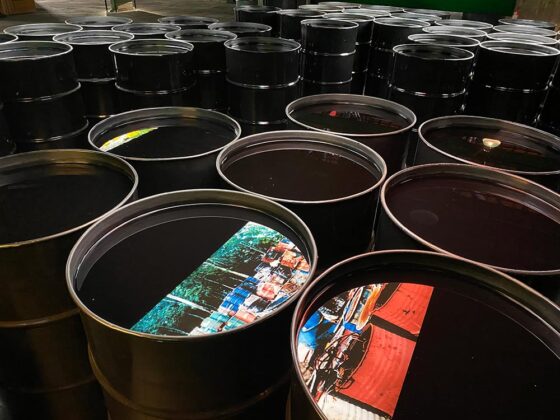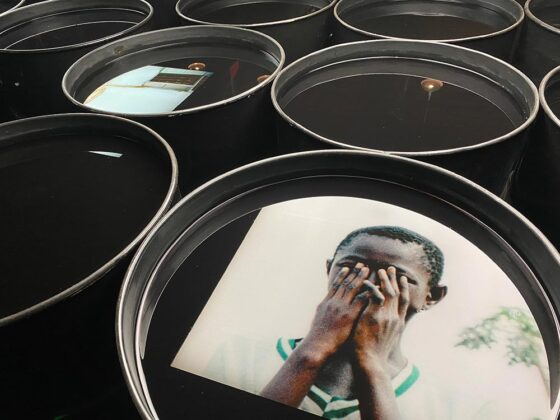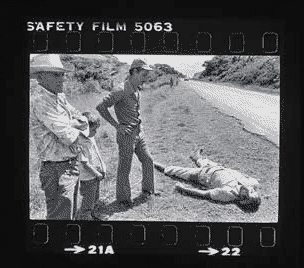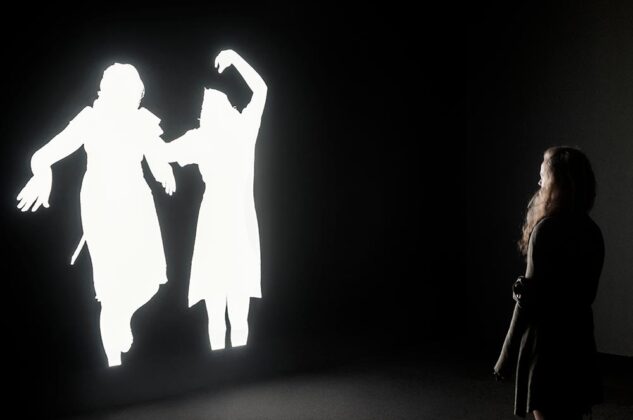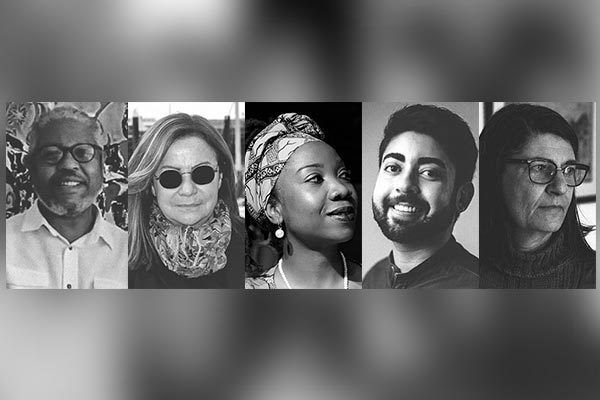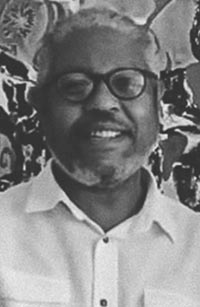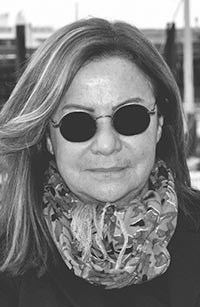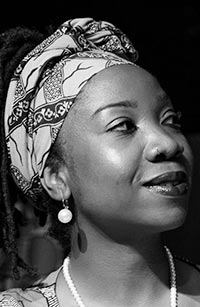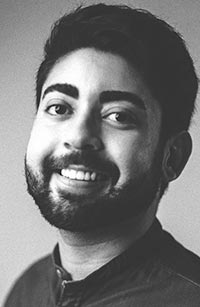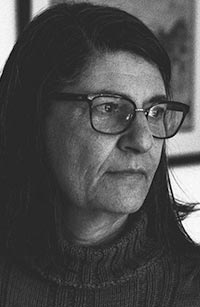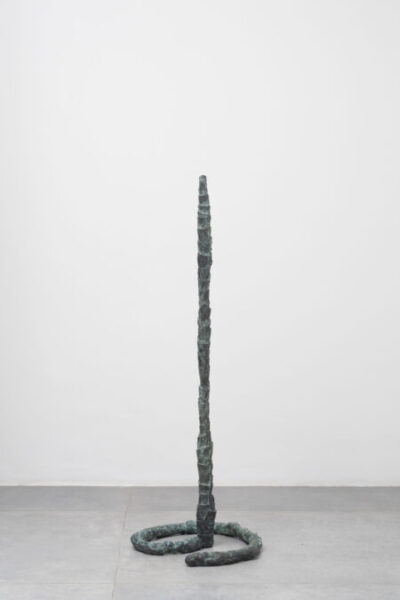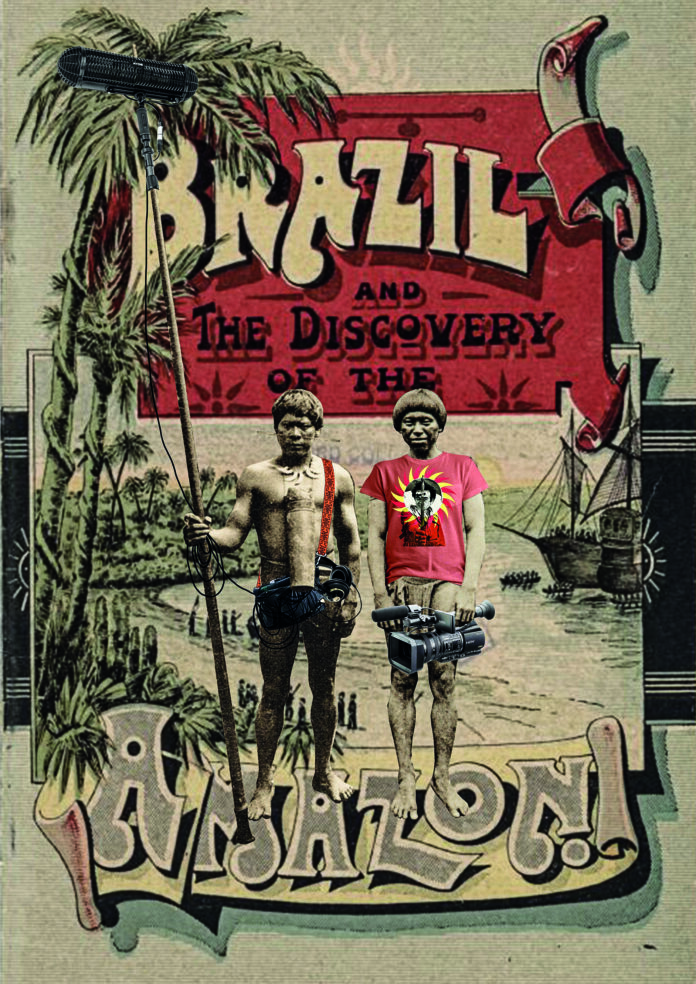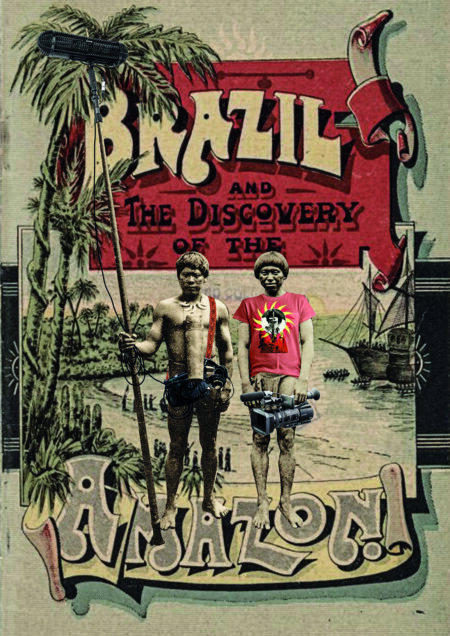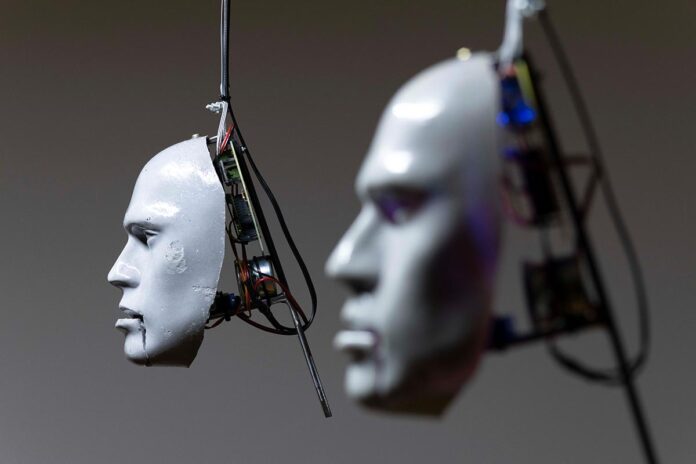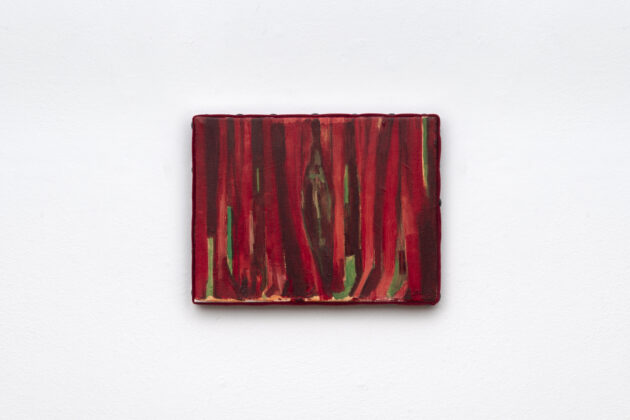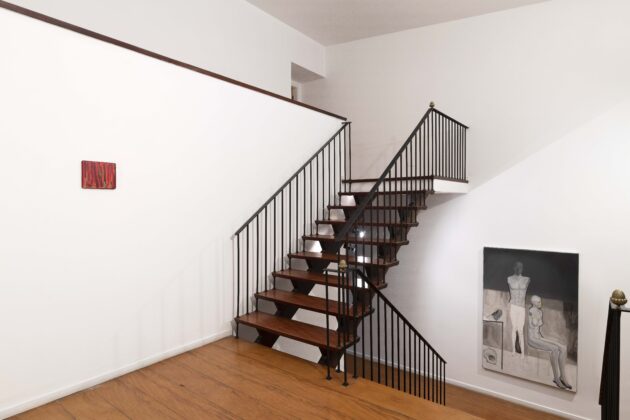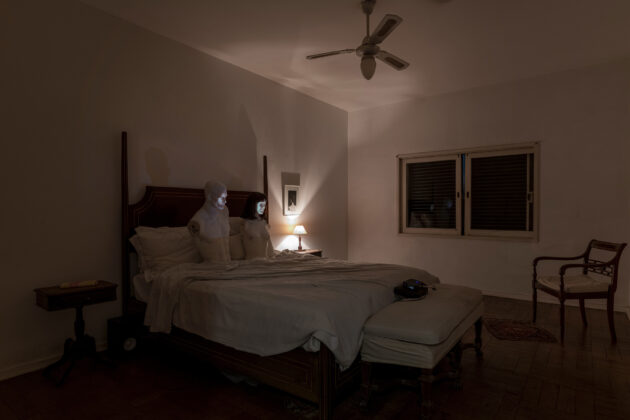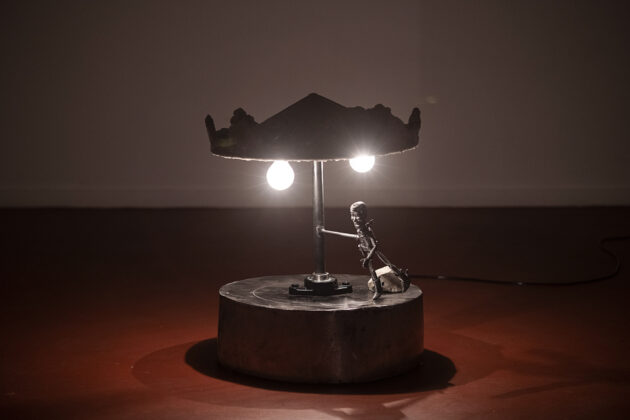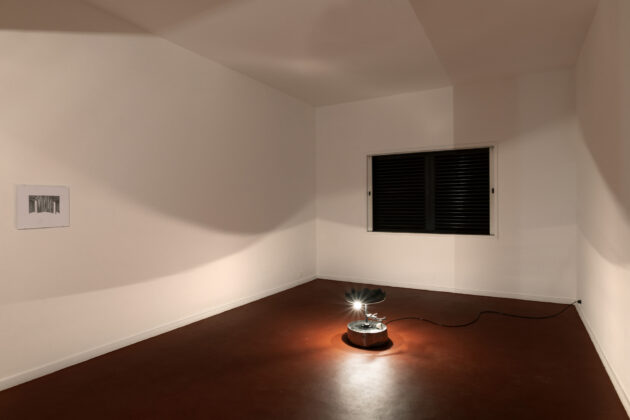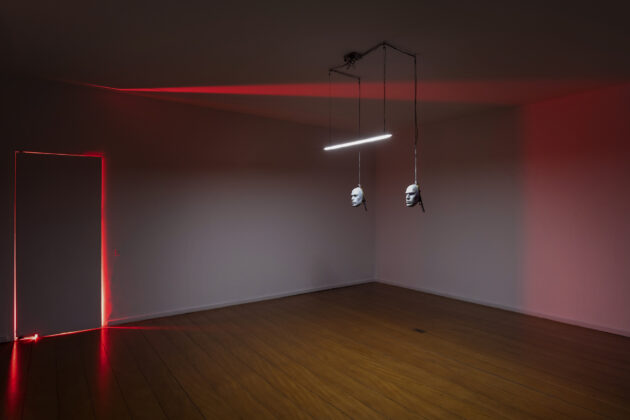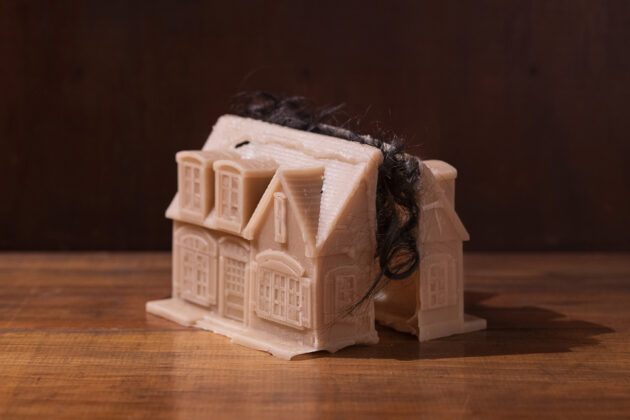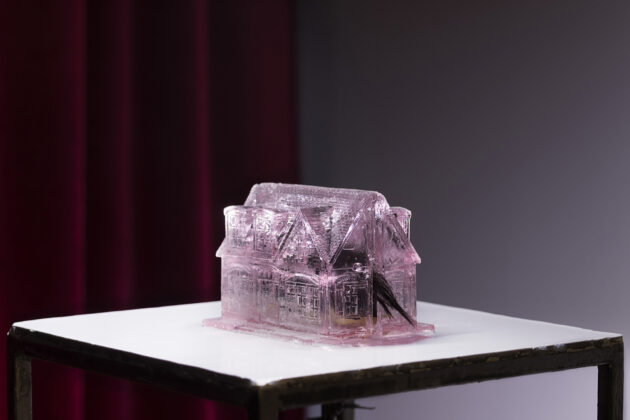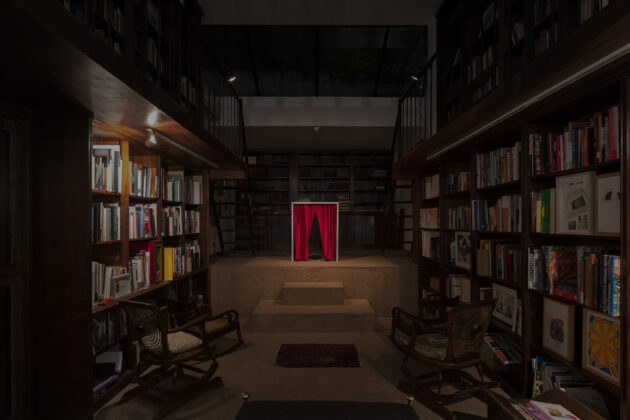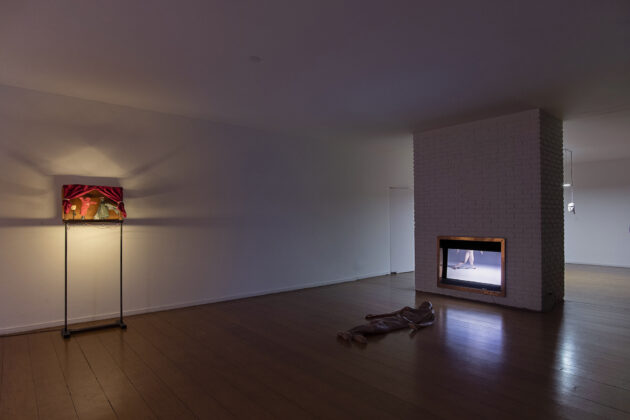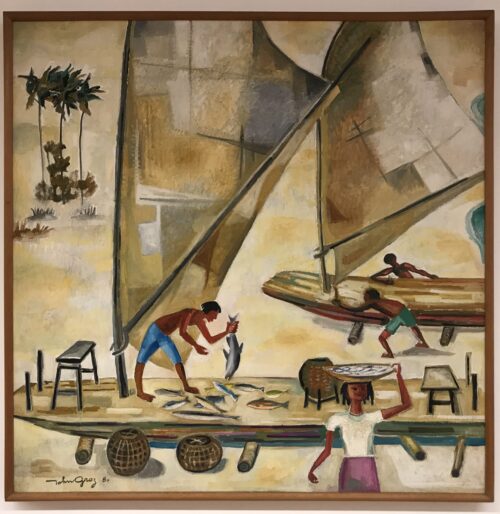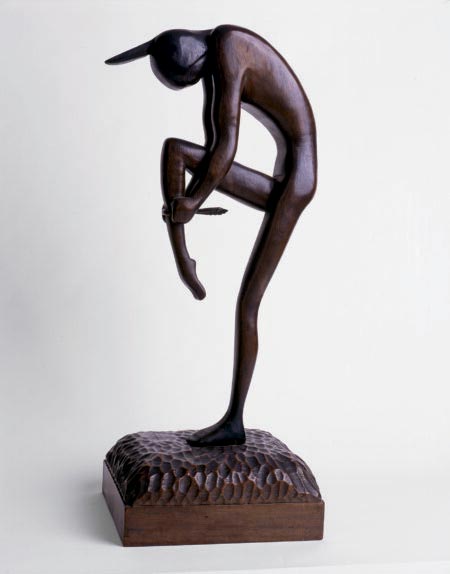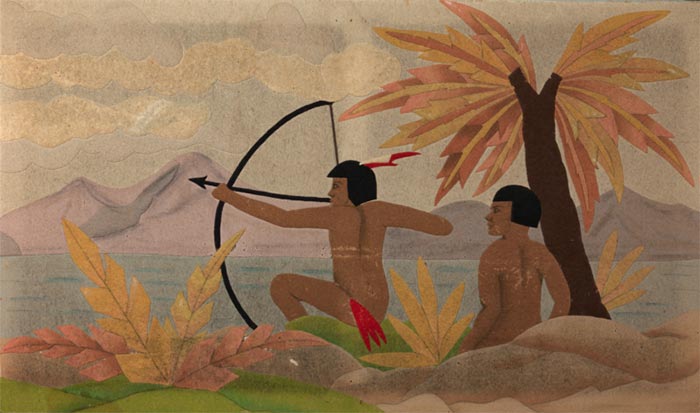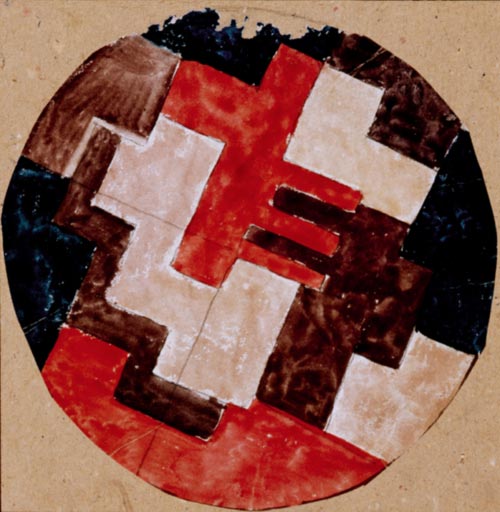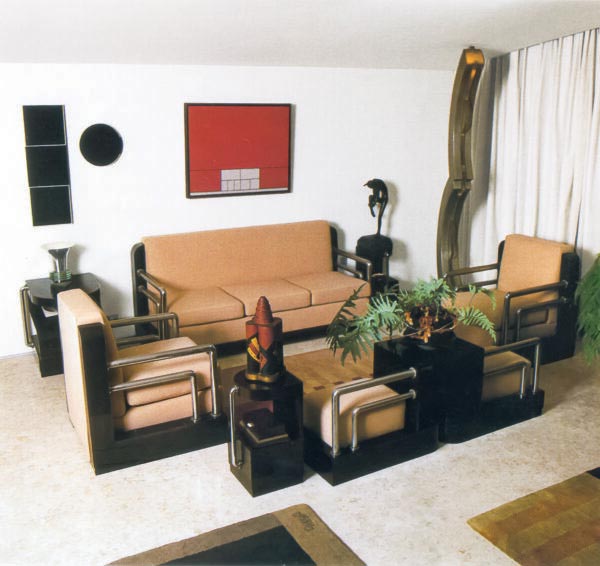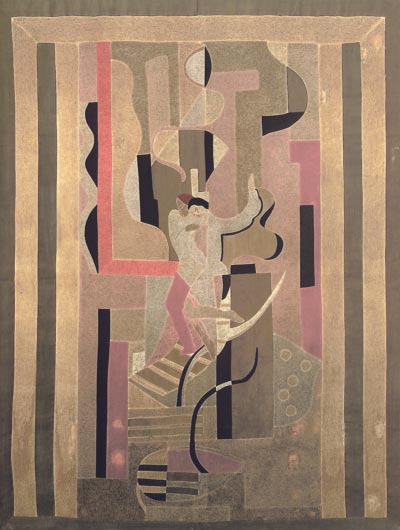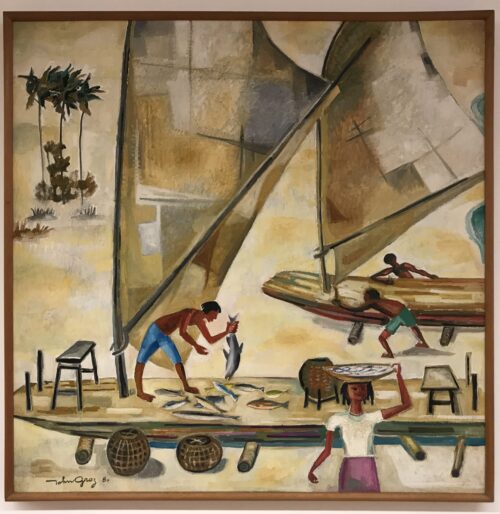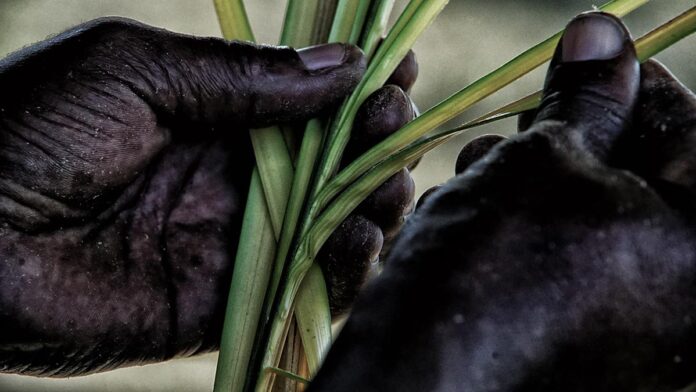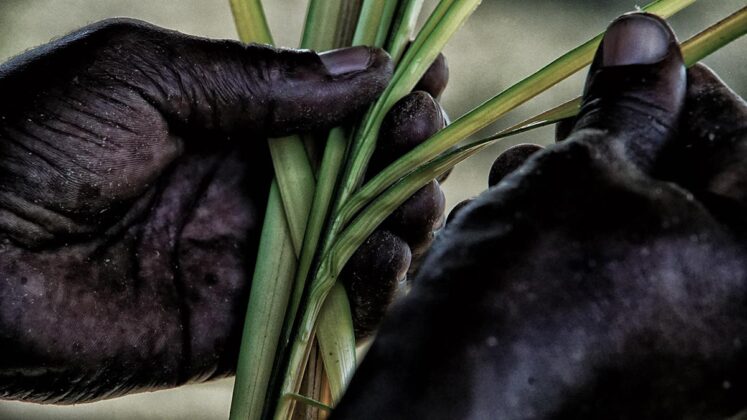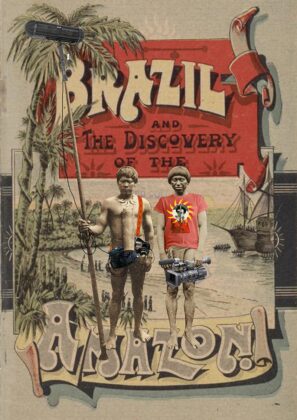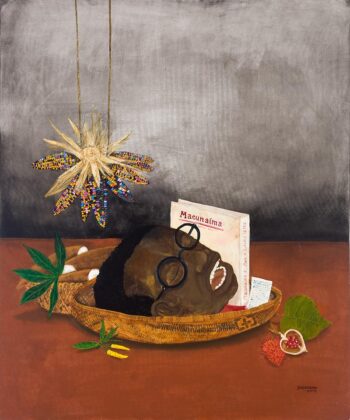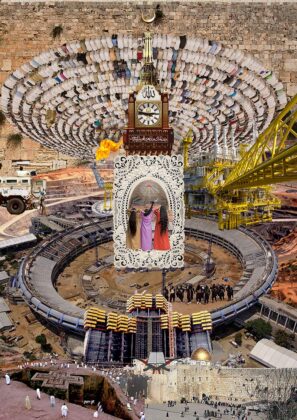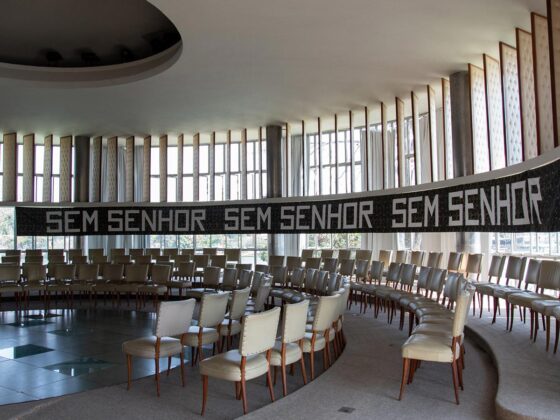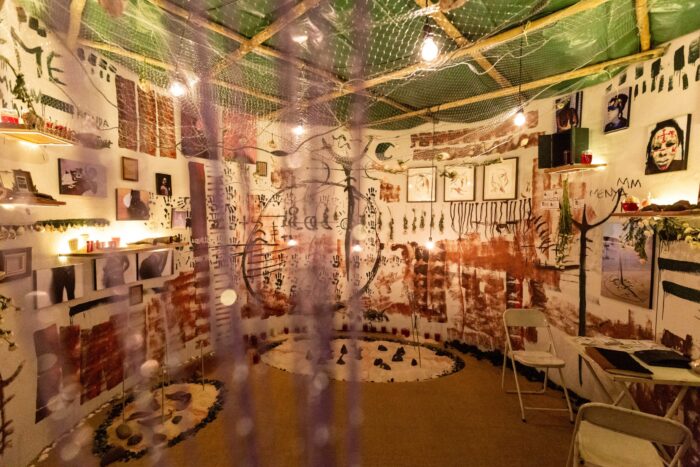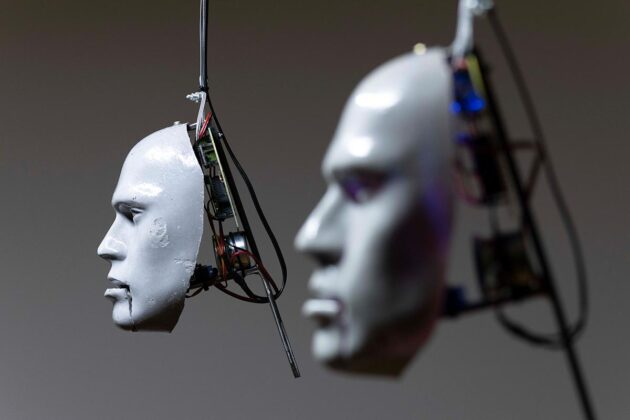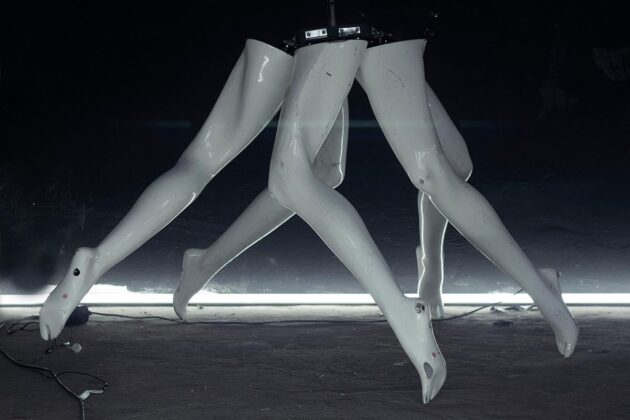
Como já é possível constatar, a história recente daquela parcela da arte brasileira que convencionamos denominar contemporânea será marcada pela emergência de uma produção artística periférica, antes negligenciada, que apesar da sua atual eminência permanece acossada por múltiplas adversidades.
Esse fenômeno, de caráter global, reflete uma sensibilidade que se quer decolonizada, multicultural e policêntrica, referindo-se não apenas às populações da diáspora afro-atlântica e os povos originários, mas a todo conjunto de corpos divergentes submetidos ao epistemicídio e ao etnocídio impostos aos excluídos – como consequência da experiência, contestada, mas até aqui hegemônica, da heteronormatividade branca, que na defesa de seus privilégios cria e põe em prática a necropolítica que promove a desvalorização de toda uma produção intelectual e simbólica.
Quando efetivas, algumas estratégias organizadas por esses segmentos da sociedade instigam as instituições culturais, incluídos os meios de comunicação e a imprensa, a reverem suas políticas de exibição e aquisição de obras de arte – o que tem criado uma inédita circulação das produções realizadas a partir dessas margens.
Atento a esse fenômeno, bastante complexo, o sistema de arte através de suas múltiplas instituições têm (às vezes de maneira reticente) procurado adequar seus repertórios semânticos e seus acervos, tornando-os mais permeáveis ao diferente e, portanto, mais plurais. Num cenário social injusto caracterizado pelo racismo e desigualdade de gêneros, essa mudança de atitude é louvável e necessária, ainda que as iniciativas adotadas sejam insuficientes para coibir o déficit de representatividade negra, indígena e feminina geralmente presente aos acervos.

No entanto, não é difícil observar que nem todas as produções pressurosamente prospectadas e rapidamente exibidas têm um grau equivalente de qualidade. Um número não desprezível dessas produções sugerem pesquisas pobres e apressadamente desenvolvidas, mal alinhavadas no escasso tempo de suas vivências acadêmicas ou não. As dificuldades para desenvolvimento e exercício da crítica e historiografia de arte afro-brasileira também contribui para a promoção imatura de artistas ainda em formação. Como consequência existe a chance de um contingente desses artistas terem suas trajetórias olvidadas em curto espaço de tempo. O risco da impermanência dessas trajetórias artísticas pode implicar num reforço do sistema de apagamento de memórias e histórias vitimando justamente as populações excluídas que são celebradas nessas produções.
É também por isso que o projeto artístico desenvolvido pelo artista No Martins reveste-se de importância que nada tem de ordinária. Em visita recente ao ateliê do artista no bairro de Barra Funda em São Paulo, constatamos a correção do excelente juízo que a artista e professora Rosana Paulino faz dele. Artista de quem, a propósito, Martins também foi aluno. O imodesto galpão que o artista ocupa com exclusividade está localizado no tradicional bairro paulistano, de acordo com escala de algumas das suas pinturas que mesmo variando no tamanho aspiram, por vezes, ao monumental. Esta opção pela escala gigante está plenamente justificada na ambição política que as obras, velada ou explicitamente, expressam.

Já que nunca como agora o Estado brasileiro é omisso na proposição e execução de políticas de promoção, aquisição e manutenção de acervos de obras de arte, notadamente daqueles de extração afro-brasileira e indígena, e que o mecenato entre nós é quase uma extravagância, é justo imaginar que, salvo exceções, o destino de obras com essas características são coleções privadas que pouco fazem (porque também não são estimuladas a isso) para promover a exibição pública delas – para prejuízo principalmente daqueles que foram o motivo e o assunto da sua execução. Afinal, qual é, entre nós, o destino social de pinturas que chegam a medir dois, três, quatro metros lineares ou mais? Pode parecer contraditório que artistas engajados como No Martins se lancem nesse tipo de empreitada, mas dominando os meios expressivos que elegeu para a construção de suas narrativas, Martins entende a dimensão social e possivelmente histórica que seu trabalho pode adquirir. Nisso há um paralelo com o projeto do precocemente morto Sidney Amaral (1973-2017), com quem ele chegou a corresponder-se.
Na série designada Encontros políticos – que ganha exposição na galeria Mariane Ibrahim, em Paris, entre 21 de outubro e 27 de novembro – o artista apresentam-nos retratos de mulheres e homens negros que esboçam não apenas uma ficção sobre o futuro desejado para esse grupo social. Nessas obras ele projeta utopias que o próprio Martins vem tornando em realidade. Nessas recentes pinturas os personagens são retratados através de composições solidamente organizadas e cristalinas, composições que privilegiam os personagens constituídos a partir de desenho virtuoso e estabelecidos em arquiteturas de campos de cores brilhantes, mas nunca opressivas ou feéricas.

Esses personagens virtuosamente construídos são dispostos em situações onde relações pautadas pelo afeto acontecem em ambientes nada disfuncionais, ambientes que não exprimem carência material e são no mínimo confortáveis, quando não francamente luxuosos. Essas ambiências tem conotação política, contrariam as narrativas onde a carência e a violência estão imediatamente associadas ao cotidiano dos negros. Nessas pinturas o indivíduo, ou os indivíduos apresentados, empoderam não a si mesmos: os sinais externos de poder ostentados por eles são resultado de uma luta mais geral e de todos. O cineasta Spike Lee, em entrevista à revista Rolling Stone, afirmou: “(…) eu estou apenas tentando obter o poder para conseguir fazer o que tenho que fazer. Para conseguir este poder, você precisa acumular um tanto de dinheiro na sua conta. E é isso que eu tenho feito. Sempre pensei de modo empreendedor. Patrimônio é o que é preciso entre os afro-americanos. Patrimônio. Ter coisas”. Para superar o capitalismo é preciso alcançá-lo. Nas superfícies lisas e brilhantes das telas de No Martins os personagens negros apresentados “têm coisas”, mas não apenas isso, eles têm “valores”, e são os valores que os consagram e os elevam, são os valores que os fazem aspirar pelo poder.
Os negros são ensinados a se odiarem. O negro sendo espelho dele mesmo foi levado pela métrica do racismo a crer que aquilo que ele vê refletido no espelho é feio e precário. Martins, nessas pinturas, propõe que o encontro entre negros será sempre um ato político e tanto mais será se a afetividade for o componente mediador desses encontros. A arte em geral e a pintura em particular ainda são, num certo sentido, uma projeção de poder. Isso fica mais evidente na pintura monumento que nos séculos 18 e 19 consagrou os protagonistas e os feitos da aristocracia e burguesia do norte ocidental. Entre os excluídos, nunca como hoje um projeto estético e ético similar a esse tem a chance de se efetivar e dar, por exemplo, nova significação aos esforços do cintilante e fugaz Jean-Michel Basquiat. Mas, entre nós, nunca como hoje artistas como No Martins podem se referir e confessar influências dos seus contemporâneos e daqueles que imediatamente os precederam, oportunidade que corre paralela à luta social promovida fora e dentro dos ateliês, das academias e das galerias. O resultado desse empenho esta espelhado nas produções de artistas como Arjan Martins, Aline Motta, Sidney Amaral, Rosana Paulino e outros que reinventam cotidianamente a representação do negro nas artes, investigando sua história para compreender o presente e também por essas produções que, em dialogo com aquelas, preveem o futuro a ser arrebatado a partir do presente – como parece ser o caso de No Martins.


